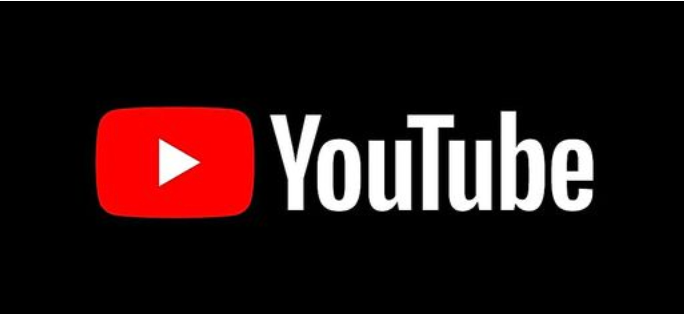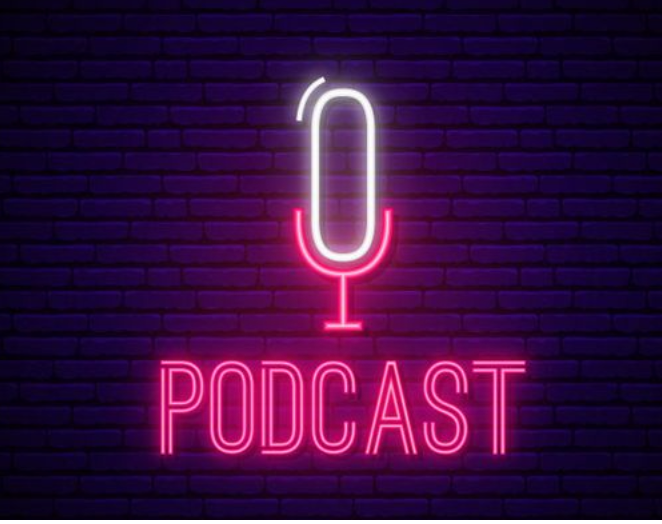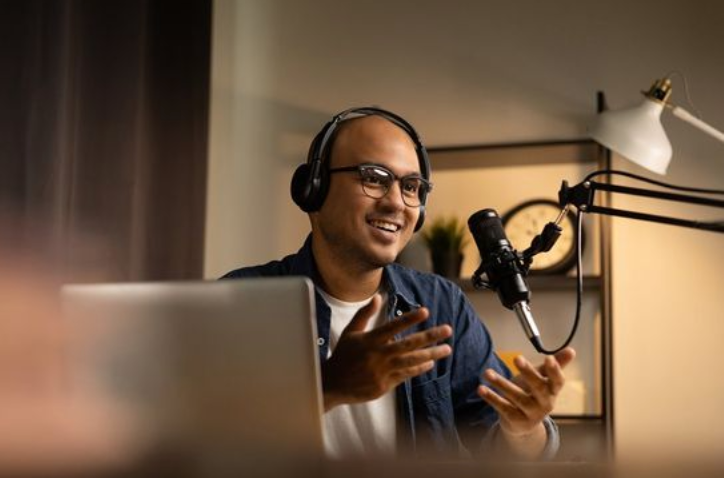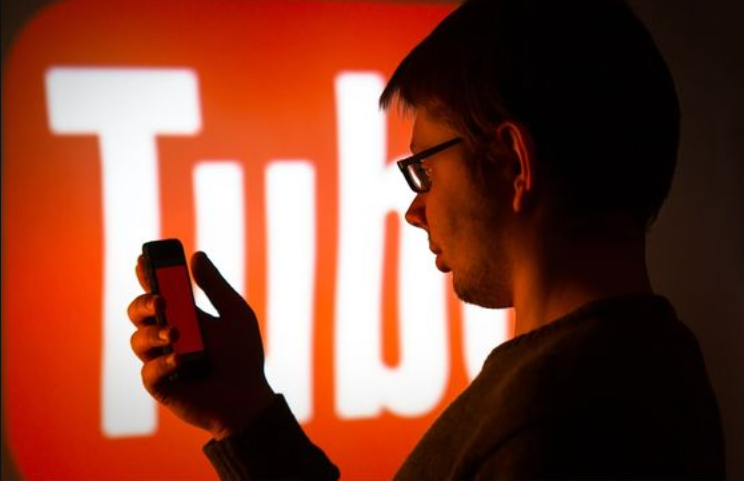Choosing between starting a podcast vs YouTube content creation is common in digital content creation. Both platforms offer unique advantages and cater to different content consumption habits.
Podcasts lean towards audio experiences, providing listeners with a personal touch, often consumed on the go or while multitasking. On the other hand, YouTube is a visual platform combining audio.
Each one has its own monetization and successful outcomes. However, which one is right for you?
Let’s analyze Podcast and YouTube side-by-side by comparing the skills you need, monetization options, costs involved, and more. By the end of this article, you can decide which one is your best option!
Key Takeaway: Podcast vs YouTube!
- Podcasts are more audio-centric, whereas YouTube is more visual-centric based on personal.
- Creators who are comfortable sharing information vocally can go for podcasts as a medium.
- Creators with video editing and shooting skills who can provide visual and vocal content can go for YouTube.
- Monetization potential varies greatly between podcasts and YouTube, with each offering different avenues for revenue.
- Considering factors such as equipment needs, skills required, and audience engagement can guide creators in making the best choice for their brand.
Podcasts vs YouTube: Exploring The Key Differences
Podcasts are especially audio-based mediums that allow for in-depth exploration of topics and are ideal for listeners who prefer content without visuals. They generally feature longer episodes and are available through various podcast guides.

On the other hand, YouTube videos combine audio and visual details, giving a more engaging experience to viewers who like visual learning and entertainment. The platform functions as a search engine, making content more discoverable.
Note: Want to know everything about YouTube? Check our detailed YouTube Statistics. Click here.
Skills You Need To Start
To begin a podcast, one must have a good understanding of audio editing, an understanding of sound equipment, and the ability to engage listeners through compelling storytelling.

Solely relying on one’s voice, a podcaster must be able to convey emotion and information clearly. In contrast, starting a YouTube channel requires video production skills, including filming, lighting, video editing, and a pleasing on-camera presence.
Growing Your Audience
For podcasts, growing an audience often depends on your social media promotion and how you leverage podcast networks for exposure. Podcasts can be harder to discover, but a loyal audience is frequently more engaged.
YouTube’s algorithm and status as the world’s second-largest search engine boost content discovery, allowing creators to grow their audience through SEO optimization, thumbnails, and titles that capture attention.
Growing an audience on YouTube can often be accelerated through the strategic use of keywords and trends.
Which One Is Easy To Monetize?
When comparing podcasting and YouTube, each has distinct pathways to monetization, but one offers a more straightforward monetization mechanism.
YouTube provides monetization through ads by allowing creators to earn revenue from AdSense once they meet certain eligibility criteria. The platform also offers additional income streams such as channel memberships, super chats, and a merchandise shelf.
Podcasts, on the other hand, are generally monetized through sponsorships and donations. A podcaster might partner with brands to deliver sponsored messages or use platforms that let listeners contribute financially.
Although podcasts can be a reliable revenue source, building a noteworthy listener base is often necessary to attract high-paying sponsors.
In terms of accessibility, YouTube’s monetization seems more accessible because the platform handles the entire ad process, making it easier for creators to benefit once they qualify. It’s a self-serve model, where the platform itself finds and delivers ads to the creator’s content.
Podcast monetization, however, often requires the creator to actively seek out sponsorship deals and set up donation platforms, which might not be as direct as YouTube’s method.
Here is a quick comparison:
YouTube:
- AdSense revenue upon eligibility
- Channel memberships
- Super chats during live streams
- Merchandise shelf for fans to buy products
Podcasts:
- Sponsorships and branded content
- Listener donations and crowdfunding
- Subscription-based models for premium content
Creators seeking a built-in monetization method may find YouTube’s system more manageable. However, podcasters with a niche audience can control targeted sponsorships for potentially higher individual earnings.
Why Start A Podcast?
| Reason | Details |
| Engagement | Personal connection leads to a dedicated audience |
| Accessibility | Can be listened to anytime, anywhere |
| Ease of Production | Less equipment needed; easier setup |
| Audience Niche | Attracts passionate, targeted listeners |
| Monetization | Higher CPM and diverse revenue streams |
Launching a podcast offers several benefits when considering content creation. Here are the primary benefits that creating Podcasts offers:

- Higher Engagement: Listeners often feel a strong personal connection to the host and the content, elevating engagement levels. Podcasting offers intimate storytelling and discussion, which can foster a loyal audience.
- Mobility and Accessibility: Podcasts provide convenience, as they can be consumed on the go. Whether one is commuting or exercising, podcasts fit seamlessly into listeners’ daily lives.
- Lower Barrier to Entry: Compared to video content, starting a podcast typically requires less equipment. Basic podcasting can start with a simple setup of a good-quality microphone and recording software.
- Niche Targeting: Podcasts excel in delving into specific topics. Creators can build content around niche interests, attracting dedicated listeners passionate about those subjects.
- Monetization Potential: With a dedicated audience, podcasts can be monetized through sponsorships, advertisements, and merchandise. They often pay more for ads compared to other platforms.
Podcast creators benefit from a platform that supports depth and flexibility, providing plenty of opportunities to create impactful and lasting content.
Why Start A YouTube Channel?
| Reason | Details |
| Engagement | Personal connection leads to dedicated audience |
| High-Potential Monetization | Due to the popularity of YouTube Videos, monetization potential goes higher. |
| Search Engine Visibility | YouTube videos have higher search engine visibility. |
| Creativity | Chance to show off your creativity. |
| Access a large audience | YouTube’s large user base offers a larger audience. |
YouTube offers a visual platform where content creators can express themselves through video. A YouTube channel allows one to use the platform’s massive reach, with over 2 billion logged-in monthly users. This offers a notable potential audience for any content creator.

Starting a YouTube channel presents a unique opportunity for visual storytelling and brand building. Videos can be highly engaging and are capable of conveying complex information in a relatable and easy-to-understand format.
Here are some key reasons to consider starting a YouTube channel:
- Monetization: YouTube creators can earn money through various streams such as ad revenue, sponsorships, and YouTube Premium revenue shares.
- Searchability and Visibility: Being owned by Google, YouTube videos often rank well in search results, increasing a creator’s visibility and attracting organic traffic.
Creators also benefit from YouTube Analytics, a robust set of tools that helps understand the audience and strategize content accordingly.
Additionally, YouTube’s community features, like comments, likes, and shares, promote user interaction and feedback, promoting a sense of community.
Starting a YouTube channel can be a powerful way to reach and engage with a wide audience, provide monetization opportunities, and offer valuable insights into audience preferences and behaviors.
Podcast Vs YouTube Pros & Cons
Here is a detailed breakdown of the pros and cons of podcasts and YouTube.
Pros and cons of Podacasting:
Pros Of Podcasting:
- Engagement: Podcasts offer an audio-based format ideal for in-depth exploration of topics.
- Flexibility for Listeners: Audiences can consume content on the go without the need for visual attention.
- Long-Form Content: They typically feature longer episodes, allowing for richer storytelling and discussions.
Cons Of Podcasting:
- Limited Discovery: Discoverability can be more challenging due to the reliance on audio without visual components.
- Technical Demands: High-quality audio production requires significant skill and investment.
Pros and cons of Youtube:
Pros Of YouTube:
- Visual Appeal: YouTube is a video platform with powerful visual content that can be more engaging and shareable.
- Monetization Options: Creators have multiple revenue streams, including ads and memberships.
- SEO Benefits: Videos can be optimized for search engines, enhancing visibility.
Cons Of YouTube:
- Resource-focused: Video production demands more time, skills, and resources than audio content.
- Shorter Viewer Attention Spans: Videos often cater to audiences looking for quick information or entertainment.
Related Read:
Conclusion: Distribute Content On Podcasts And YouTube For More Accessibility
Individuals should consider their content, audience, and resources when deciding whether to start a podcast or YouTube channel.
- Choose YouTube If: If you have skills in video editing and a penchant for visual storytelling, YouTube presents a vast platform with a large potential reach.
Podcasts typically require less investment in equipment and are often consumed on the go, allowing hosts to connect with listeners who prefer multitasking.
- Choose Podcast if: If you are comfortable sharing ideas vocally, seeking a more accessible starting point, and want to invest less, you might lean towards podcasting.
In many cases, a multimedia approach can be beneficial. Creators do not need to commit exclusively to one platform. Those aiming for wider accessibility might choose to distribute content across both mediums.